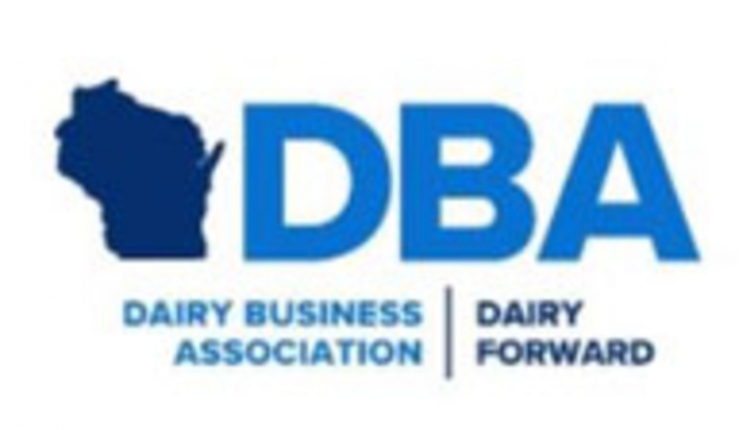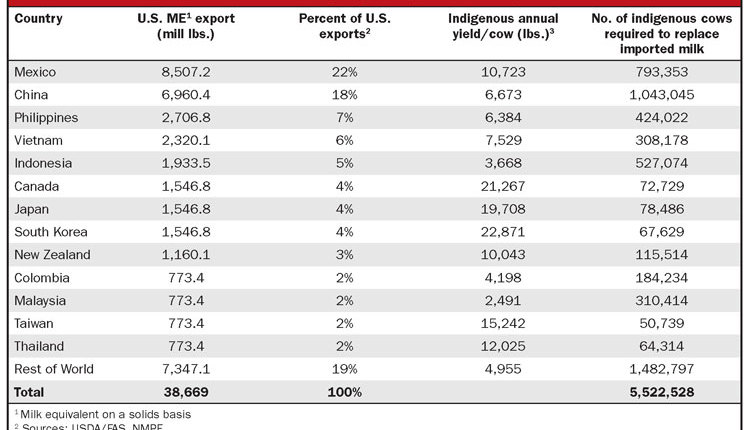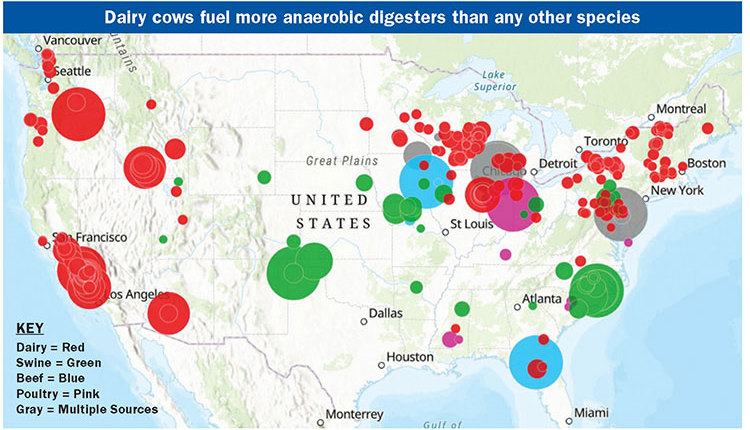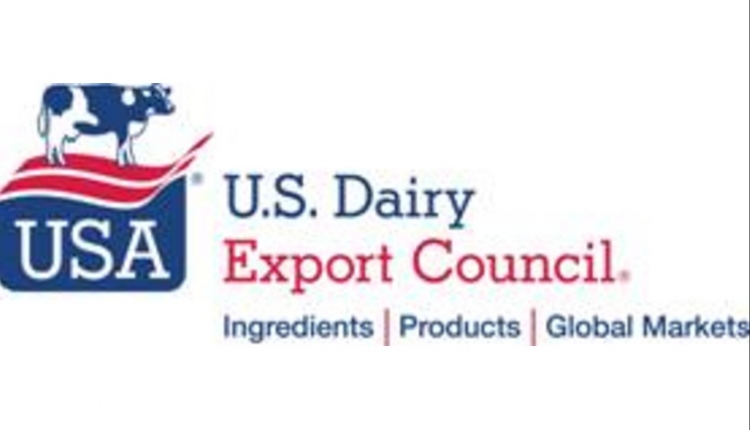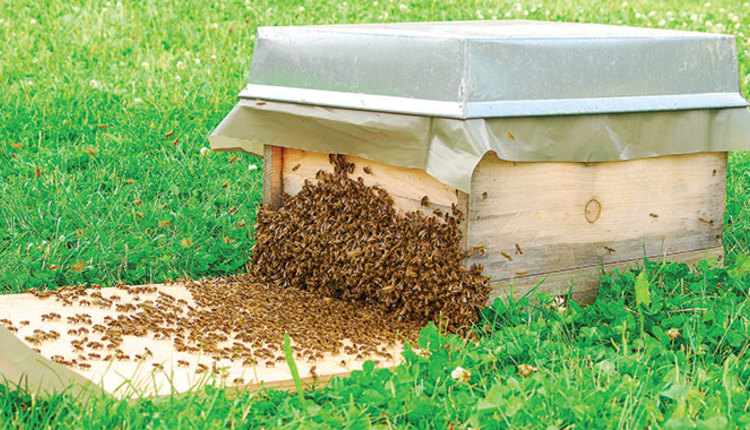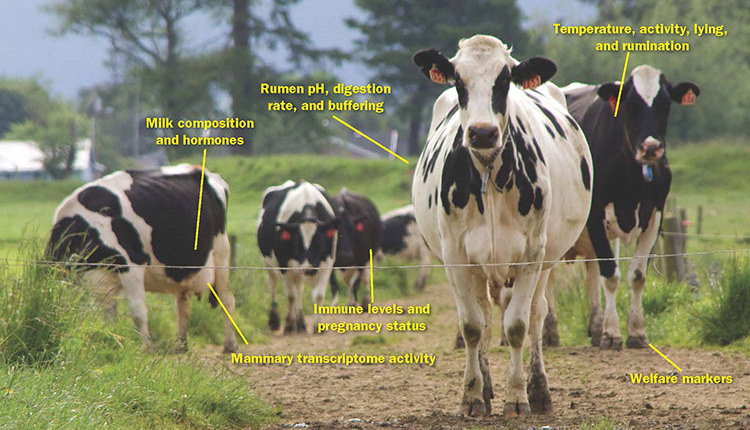The author is a Fellow with the American Society of Animal Science and lives in Etowah, N.C. The author acknowledges and expresses appreciation for input from Mike Hutjens; Chad Dechow; Jeff Stevenson; Pam Ruegg, D.V.M.; Gordie Jones, D.V.M.; Hillary Dobson; Martin Sheldon; and Patrice Humblot.
What will U.S. dairy farming be like in a half century? That was the focus of a topic I presented at the Tucker Endowed Lecture at Michigan State University this past March. That university happens to be where I started my career in 1970 as associate professor. Since then, I have also served on faculty at North Carolina State University and the University of Tennessee.
In developing forecasts for the 2066 dairy sector, it was useful to obtain opinions from nutritionists, geneticists, veterinarians, reproduction specialists, and dairy farmers throughout the U.S. and Europe. Their input was generous and insightful, and while their opinions differed on some topics, overall there was a strong consensus.
How much milk will cows produce?
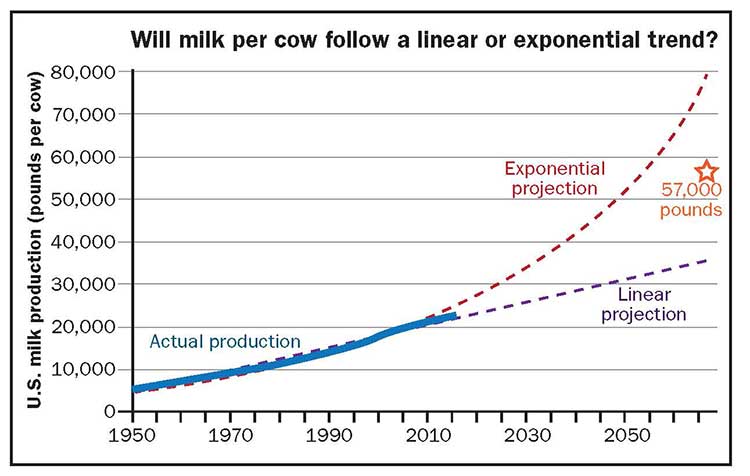
The linear curve projects about 37,000 pounds of milk per cow in 2066, while the curved line reaches 78,000 pounds per cow. Our forecasters from a wide array of dairy disciplines believed that production would be about midpoint of this range — 57,500 pounds per cow (shown by the star).
This 57,000-pound figure represents a tremendous amount of milk per cow. However, it stands below top records that individual cows have produced over the last five decades in the U.S. About four decades ago, the record Holstein cow produced 55,000 pounds of milk in one year, and since then, records have climbed to nearly 75,000 pounds as of December 2015.
An average cow today produces 2.65 times as much milk annually as an average cow did 50 years ago. If we take today’s average and multiply it by 2.65, we project 59,341 pounds per cow, so our forecasters seem to be right on target and maybe a bit low if the rate of increase accelerates as depicted in the exponential line in Figure 1.
Genetic makeup of cows in the future
By 2066, the dairy cow will be decidedly different from today’s average bovine. Almost everyone predicts cows of the future will comprise genes from several breeds. In addition, much of the crossbreeding between and among breeds may occur in the test tube where desirable genes from one breed will be moved into another breed via gene editing.
This reproductive and genetic philosophy essentially represents controlled crossbreeding. It would be a much more efficient strategy to move desirable genes from one breed into another breed.
It differs from conventional genetic engineering because the genes are being moved within species and maybe even within a breed. For example, a gene that codes for improved resistance to a particular disease within a breed might be moved into male embryos being used to produce bulls for A.I. or into embryos for sale.
Some forecasters believe that breeding companies will primarily sell embryos in the future rather than semen. The embryos would be produced using stem cells rather than sperm and would be selected to have high genetic potential for several traits including yield, specific milk proteins, specific milkfats, disease resistance, fertility, health, longevity, and other desirable traits. Those desired traits will likely be the result of consumer demand.

Future herd size could vary
There were some differences among forecasters regarding size of herds in the future. European forecasters do not believe that herds in Europe will be as large as those in the U.S. In our forecasts, herd refers to cows that are milked, fed, and managed as one unit during lactation.
Projections indicated that a herd will be matched to the capacity of the robotic milking system in which it is milked. Milking frequency will vary among cows, depending on stage of lactation, but the physical layout and milking system will probably accommodate about 3,500 cows in one unit.
A dairy enterprise might typically comprise three milking herds that share heifers and dry cows. The heifers might be reared at another location, but dry cows would be near the three milking herds. These dairy enterprises would generate energy on-site, recover nutrients from manure, and use on-farm systems to concentrate or even separate milk solids, proteins, and fats before shipment to processing facilities.
Where will dairy cows be located?
There was a strong opinion that changes in climate will change where dairy cows are located in the U.S. Several leading dairy states such as California, New Mexico, Idaho, Texas, Arizona, Colorado, and Kansas will have significant challenges with water supply, and these cows may move to other areas of the country.
States near or around the Great Lakes (Minnesota, Wisconsin, Michigan, Pennsylvania, and New York) will have less stress on their water resources and will see growth in cow numbers. Most of these more northerly states are projected to have growing seasons six to eight weeks longer than today’s growing seasons and their rainfall will be similar to or greater than today’s averages.
How many herds?
My projections, along with those from other dairy specialists, indicate the number of cows and herds in the U.S. will decline sharply by 2066. The U.S. Census projects a population of 410 million people by 2066. If milk consumption is similar to today’s per capita or per person consumption, we will need around 5 million cows to produce the milk, depending on actual yield per cow (Figure 2). At 3,500 cows per herd, that means that we could produce the country’s milk with 1,300 to 1,900 herds, depending on the actual production level per cow.
In the next article, the focus will be on technology and management systems that will likely be in use in 2066.
